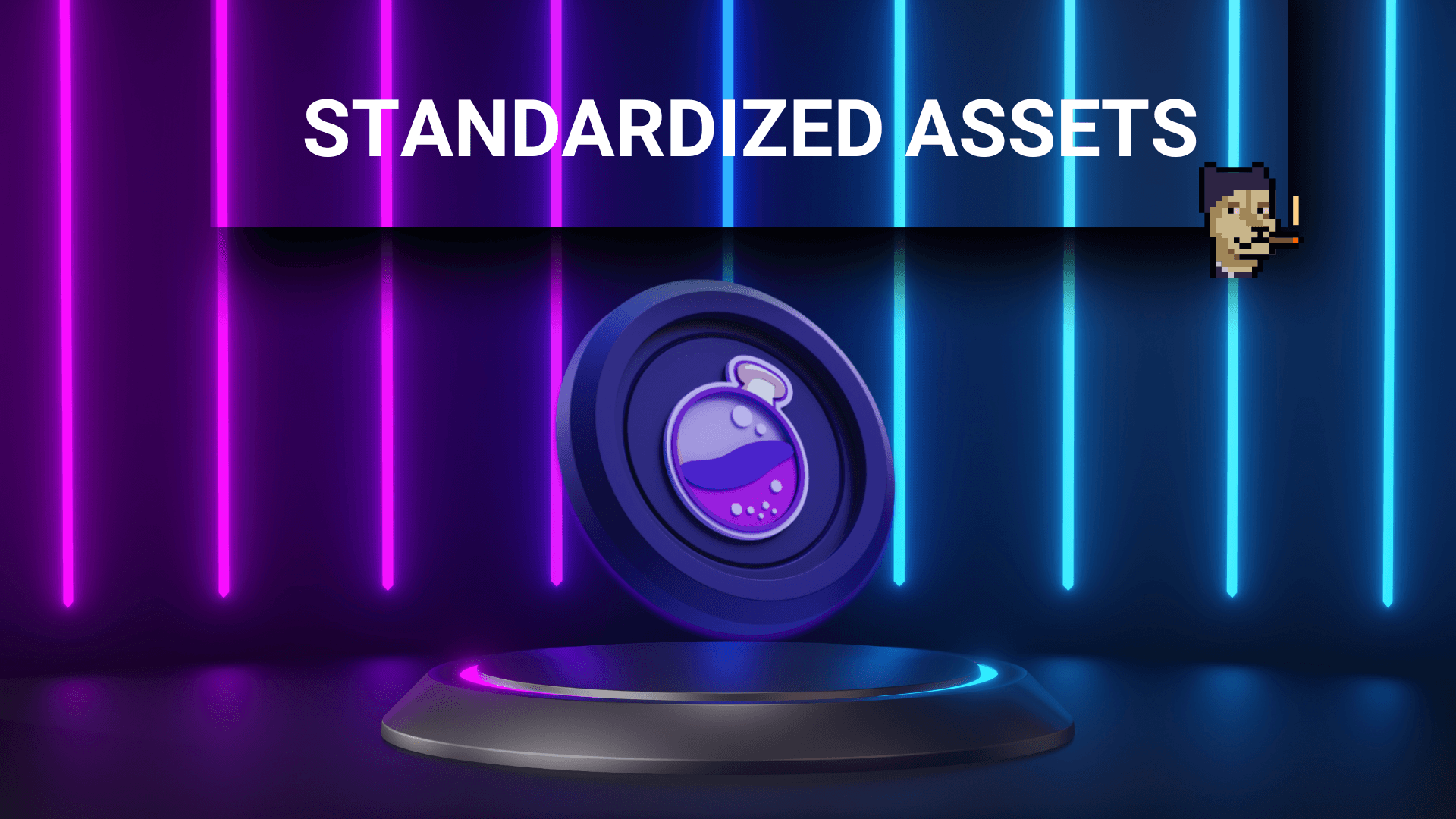The Problem with Asset Variants
Managing different versions of the same asset can be a challenge for both new and experienced users. For example, Wrapped Bitcoin on Ethereum (WBTC) or Ethereum via different chains (ETH.pica, ETH.wh) often results in users having to juggle these versions across wallets and platforms. The result is often confusion, inefficiencies in liquidity, and a fragmented experience for traders and liquidity providers alike.
This fragmentation poses a significant challenge for decentralized exchanges (DEXs), as assets are often less liquid and harder to trade due to the various token standards in use. The lack of a unified asset standard across chains further exacerbates this problem, leading to complications when users want to perform cross-chain transfers or liquidity provision.
The Solution - Standardized Assets on Osmosis
With this new feature, Osmosis solves these problems by offering users the ability to convert and standardize their assets, making them more compatible and flexible. This upgrade leverages the power of Alloyed Assets, which ensures that users can seamlessly convert different versions of an asset into a unified, standardized version without additional complexities.
How It Works
When a user holds a non-standard version of an asset, Osmosis will detect it and offer the option to convert it into the standard (or alloyed) version of that asset. For example, if you hold Wrapped Bitcoin (WBTC), Osmosis will prompt you to convert it to the standard Bitcoin (BTC) version, making it easier to manage and trade.
This process works with a single click, meaning users can easily choose to convert any or all of the assets in their portfolio into the standardized version. Once you confirm, the assets will be converted and aligned to the standard version, improving both user experience and liquidity across the platform.
Benefits of Asset Standardization
The benefits of this feature extend beyond just reducing confusion. Here are a few key advantages:
Better User Experience (UX): Standardized assets provide a smoother and more intuitive experience. Users no longer need to deal with multiple variants of the same asset, which simplifies portfolio management.
Deeper and Unified Liquidity: With standardized assets, liquidity becomes more consistent and deeper, as there are fewer fragmented assets in the pools.
Increased Composability and Flexibility: The standardized assets are more compatible across various pools, allowing for easier asset composition and greater flexibility when interacting with Osmosis and other platforms within the Cosmos ecosystem.
Optional Conversions
While converting assets into Alloyed Assets is recommended for most use cases, Osmosis also offers flexibility for those who want to hold onto a specific variant of an asset. For example, if you plan to provide liquidity to a specific pool that uses a particular version of Ethereum (such as ETH.pica), you can choose to keep that variant. Osmosis gives users the option to deselect these assets from the conversion process.
This update is part of Osmosis’s continued commitment to improving the DeFi ecosystem and creating a seamless, user-friendly experience for its community. By tackling the complex issue of asset fragmentation, Osmosis is setting a new standard for asset management in the decentralized space.
——————————————————
About Stakecito Labs
At Stakecito Labs, we've honed our craft as validators. Our reputation as the third-largest validator by delegation count within the Cosmos ecosystem speaks to our unwavering dedication and the trust placed in us by over 270,000 delegators worldwide.
Our validation services are not just about maintaining Cosmos blockchain networks though; we validate networks outside of Cosmos as well (NEAR, Aleph Zero, etc.).
Our core mission is centered on demystifying blockchain technology to ensure it's accessible for everyone, from newcomers to seasoned investors. To begin staking, visit our homepage.
Stake with Stakecito | Follow us on Twitter | Subscribe to Our YouTube | Governance
——————————————————






